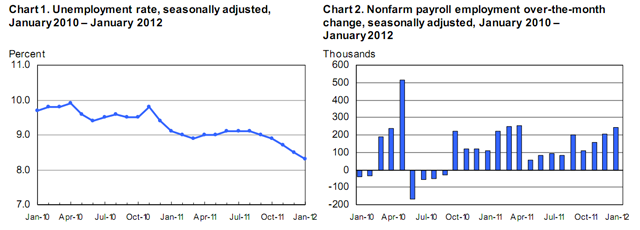A new report released by the National Park Service has found that visitors to the Northwest helped boost the local economy by more than $546 million, helping to support 9,000 jobs in 2010.
Chris Lehnertz, Pacific West director for the park service told The Associated Press that more than 280 million tourists spent a total of $12 billion in 2010, visiting 394 national parks and nearby towns.
"The people and the business owners in communities near national parks have always known their economic value," Lehnertz told the news outlet.
Washington state, home to 13 national park systems, saw the biggest economic impact, followed by Alaska and Idaho.
Meanwhile in North Carolina, a new sports study has found that the industry brings in more than $2 billion across the Charlotte region each year, according to WBTV News.
According to the Economic Impact of Sports and Sports Events on the Charlotte MSA Economy report, the sports industry also helped support 23,136 jobs last year.
"Where once sports were more widely thought of for recreational or entertainment value, the industry in Charlotte has now firmly established itself as a job-creating economic and tourism engine," John E. Connaughton, professor of economics at the University of North Carolina, noted.

